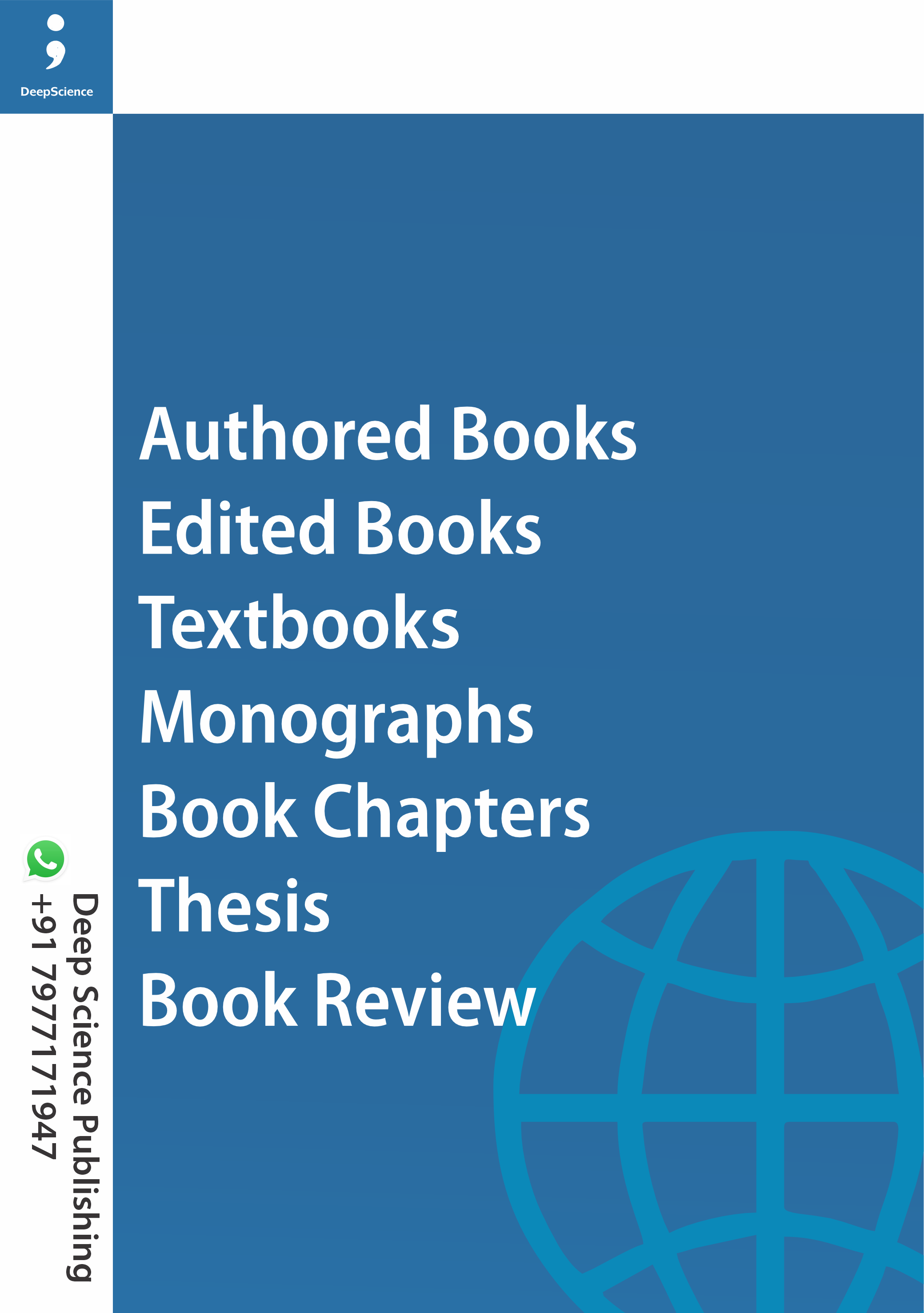An Assessment of Women Participation in Leadership Positions in Public Institutions: A Case of Selected Public Institutions in A Wolaita Zone
Keywords:
Women’s participation, Leadership positions , Public institutions , Gender equality, Public administration, Gender gapSynopsis
Women encounter multiple challenges in attaining leadership positions due to various factors. The purpose of this research is to examine the determinants affecting women’s participation in leadership roles and to explore the possibilities of enhancing their involvement. This study is grounded in the observation that the number of female leaders is significantly lower than that of male leaders, both at the national level and within public institutions of the Wolaita zone.
The study aimed to identify the factors hindering women’s participation in leadership and to analyze the challenges they face in pursuing such positions within Wolaita Zone public institutions. For this purpose, both primary and secondary data were collected through questionnaires, focus group discussions, and reviews of printed documents from multiple sources. A multistage sampling technique was applied to select respondents from the target population.
The findings reveal that women are substantially underrepresented in higher-level leadership roles, primarily due to political factors, followed by government policies and organizational barriers. In contrast, personal or individual barriers were found to be the least significant contributors, followed by socio-cultural challenges.
To address the existing gender gap in leadership, public institutions are encouraged to implement affirmative action policies, such as reserving quotas for women at the entry level and establishing clear criteria for managerial appointments. The government should also prioritize academic merit alongside political commitment when assigning both women and men to leadership roles. Additionally, it should strengthen legal and policy frameworks to promote women’s participation, ensure strict enforcement, and introduce programs that help reduce the challenges of balancing work and family responsibilities.
The study further emphasizes the importance of creating women-friendly leadership environments—for instance, ensuring that meetings conclude on time and within working hours. Moreover, sustained efforts must be made to increase women’s representation in leadership positions and to monitor implementation processes aimed at achieving gender parity across all decision-making bodies.
References
Adema, W. (2014). Enhancing Women's Economic Empowerment through Entrepreneurship and Business Leadership in OECD Countries.
American Psychological Association 6th ed. 2010.Publication manual of the American Psychological Association, Washington DC
Bahiru, Bruktawit and Mengistu, Abeba Beyene (2018).The Challenges of Women Leaders of Business Organizations in Addis Ababa, Ethiopia, in Balancing Work-Family Responsibilities. Journal of International Women's Studies, 19(2), 140-158.
Blau, F. D. & Ferber, M. A. (1992).The Economics of Women, Men, and Work, 2nd ed.New Jeresy 07632: Englewood Cliffs.
Brounéus, K. (2011). In-depth interviewing: The process, skill and ethics of interviews in peace research. Understanding peace research: Methods and challenges, 130-145. Carli, L. & A.
Biseswar, Indrawatie. (2011). The Role of Educated/Intellectual Women in Ethiopia in the Process of Change and Transformation towards Gender Equality 1974-2005: Submitted in fulfilment of the requirements for the degree of PhD in the subject Sociology, university of South Africa.
Carli, L. & A. Eagly. (2011). Gender and leadership. In A. Bryman, D. Collinson, K. Grint, B.Jackson, and M. Uhl Bien, (Eds.), The sage handbook of leadership 269-85. London: Sage Publications.
Collins, James &Singh,Val (2006). Exploring gendered leadership. In Mctavish, Duncan & Miller, Karen (eds).Women in leadership and management: New horizons in management.
Cribbin, J. J. (1981). Leadership: Strategies for organizational effectiveness. New York: AMACOM
Daft, R. (1999). Leadership Theory and Practice. The Dryden Press
Dina A., (2019) Assessing Practices of Gender Equality and Women’s Leadership in Public Enterprises in Ethiopia: The Case of Ethiopian Airlines in Addis Ababa; Addis Ababa University
Eagly, A.H. &Karau, S J (2010).Role congruity theory of prejudice toward female leaders. In C. Gatrell, C.L. Cooper, & EE Kossek (eds.), Reprinted in Women and management. Vol. 1, Edward Elgar, Northampton, MA, pp. 366-391
DFID (2018) Department for International Development Annual Report and Accounts 2017-18 60 Emanuel, M. (2007). Women and Leadership in Ethiopia.
Elsi, L. (2013), Women and leadership: Factors that influence women's career success, Lahti University of Applied Sciences
Endale A. (2014), Factors that affect Women Participation in Leadership and Decision Making Position, Asian Journal of Humanity, Art and Literature Volume 1, February 2014













